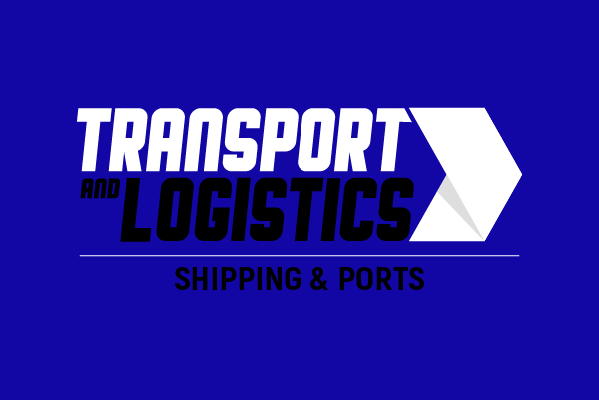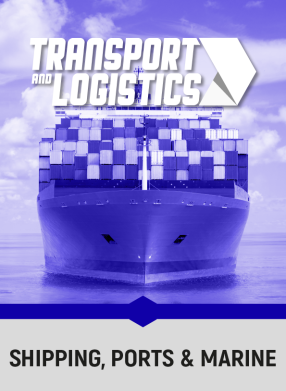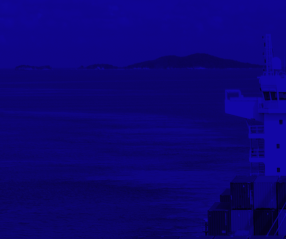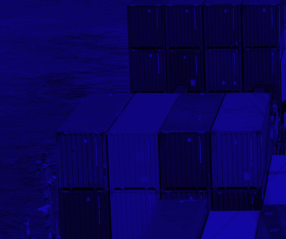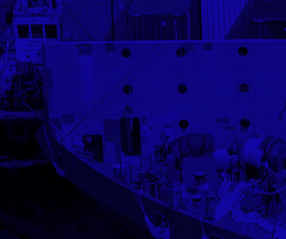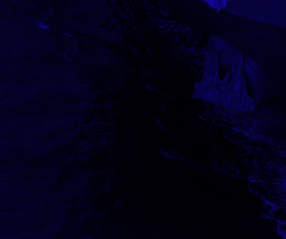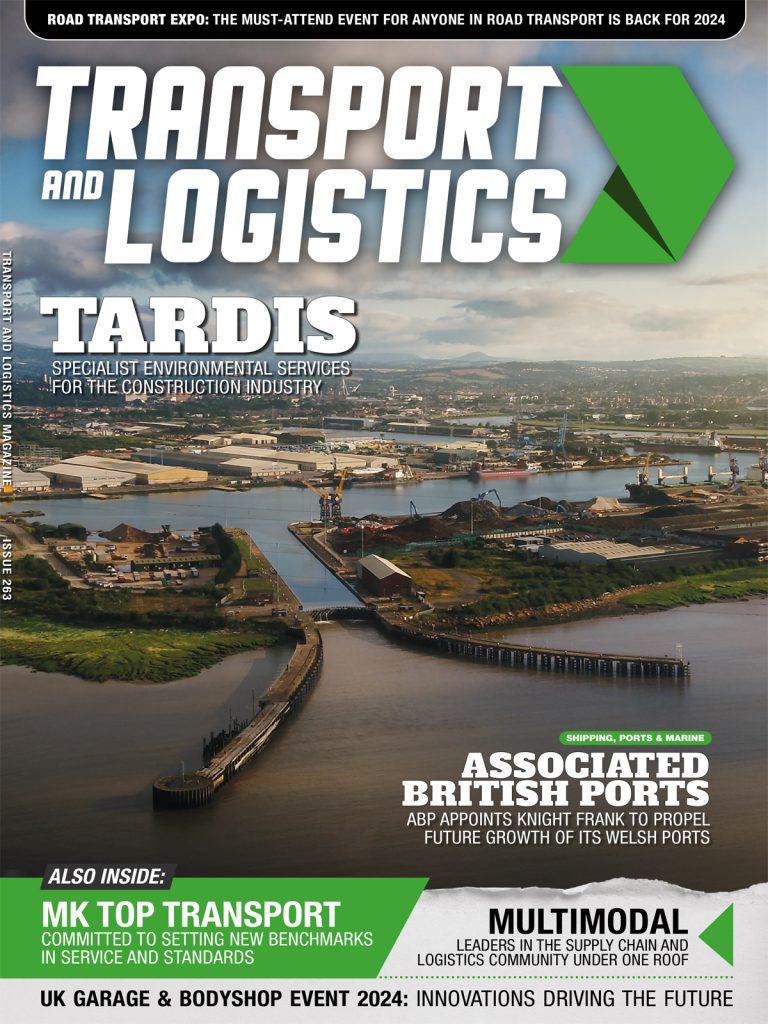Costa Concordia Removal Operation – IHS Maritime Analysis
Comments on this follow from Krispen Atkinson, Principal Analyst at IHS Maritime
Analysis:
“On Monday, 14 July, a salvage team hopes to complete the removal of the Costa Concordia from the coast of Giglio, Italy, where the cruise ship has been lying for two and half years.
The removal of the 114,147 gross tonnes, 290 meter long passenger ship has been the most expensive maritime salvage in history, with the operation to remove the wreck overseen by the Titan/Microperi consortium, awarded the contract in April 2012.
Since then, Titan and Microperi have worked to secure the wreck, before undertaking a complex parbuckling (a method where the ship is turned upright) operation to right the ship, which had been lying on its starboard side. Parbuckling was key to the consortium winning the contract.
The aim of the authorities is to have minimal impact on the delicate ecosystem in the surrounding area. By removing the vessel in one piece, the risk of pollution is minimal as the hull should retain the contaminated water, which if leaked from the hull could prove disastrous to the local environment.
Buoyancy will be provided by 30 sponsons (large containers attached to the side of the ship), some of which were used as part of the parbuckling operation. These tanks, which are attached to the hull are currently flooded with seawater, however on Monday these will be pumped dry to provide adequate buoyancy for the hull to float. It is estimated the Concordia will float off the artificial seafloor, which was placed on the seabed as part of the salvage with a draught of 18.5 meters.”


